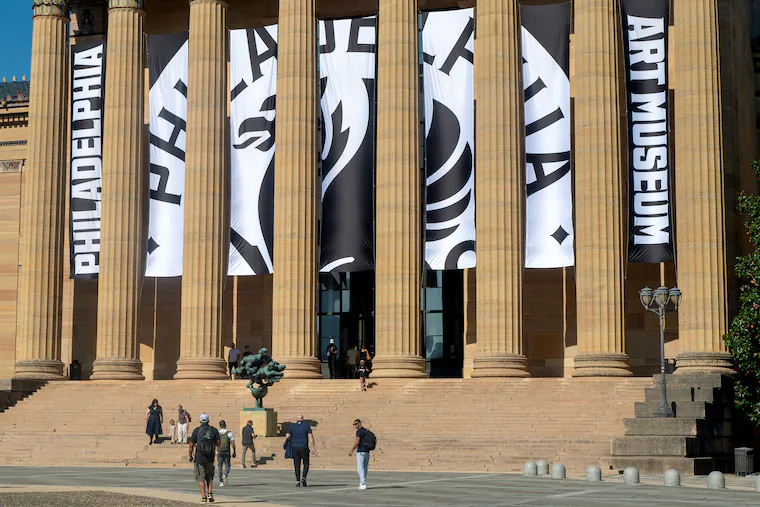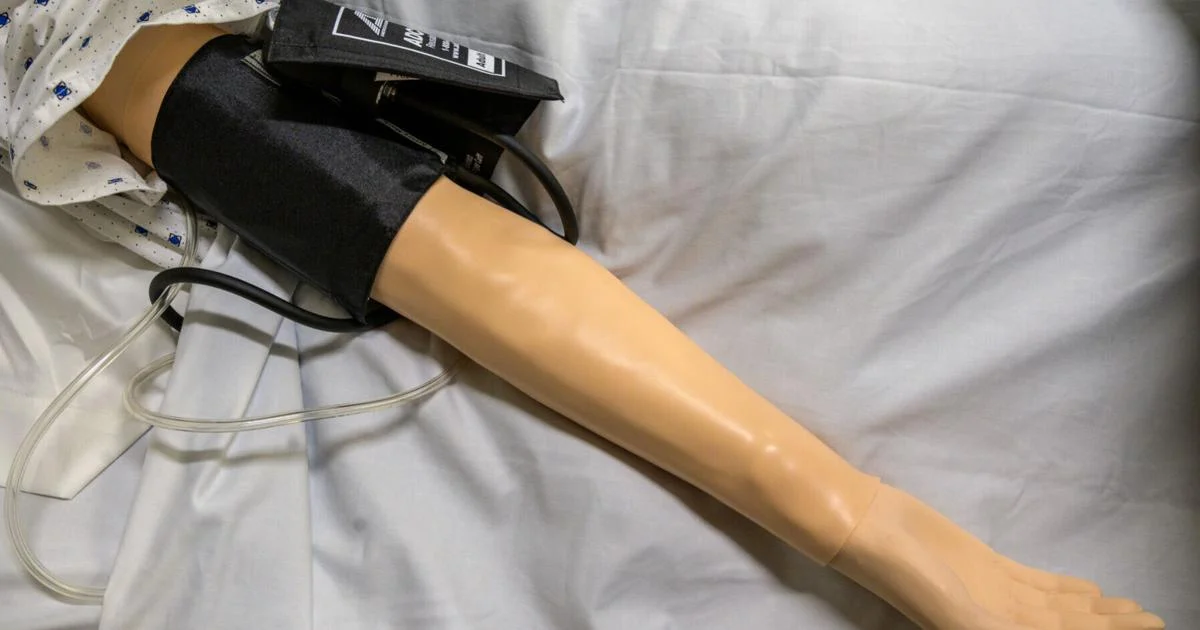Copyright The Philadelphia Inquirer

Given that this column is called Shackamaxon, it’s fair to say I have a strong appreciation for history, and particularly the history of Philadelphia. I took two separate courses focused on the city’s history at Temple while getting my bachelor’s degree, which is in … history. So folks might be surprised to read this week’s first item. Preservation is good. Mandatory preservation is not. Keeping in touch with our city’s past and reusing well-built structures are both good things. Philadelphia should be proud of the way we incentivize preservation. For example, in Old City, where land is hard to come by, the city abolished parking minimums. That means that if you’re converting an old factory into 20 apartments, you don’t have to find a place to build a parking garage for 20 cars. The city also allows historic properties to forgo a zoning variance if needed to promote reuse. These are all good ways to promote history and preservation. What I’m less convinced about is the need to mandate it through preservation districts. Donovan Rypkema, an ardent supporter of historic districts, has produced a report that is aimed at assuaging concerns. The report says that, despite the restrictions, the city’s districts are adding new housing. While I admire his vision for preservation without exclusion, I have some issues with his conclusions. In particular, the report makes claims around growth and diversity that require additional scrutiny. The document says the districts have had a population increase of 20%, while the rest of the city grew by just 4%. Residential density is also higher in preservation districts than in the rest of the city. The report also seeks to counter claims that districts will make neighborhoods more exclusive by pointing to a roughly 5% growth in Black residents in districts. There’s one big problem with this argument, however. If the districts’ overall population has grown by 20%, while the Black population has risen by just 5%, this means the overall share of Black residents has actually fallen. Similarly, the bulk of Philadelphia’s historic districts are in desirable areas with flexible zoning that would see heavy residential demand, whether or not they had protected status. In fact, some of the city’s historic districts have been created in direct response to that demand. While it is good that districts have seen new development happen despite protected status, the Philadelphia Historical Commission’s inflexibility has absolutely prevented projects from moving forward. Just ask the neighbors of 239 Chestnut St. After a 2018 arson incident destroyed the building, developers proposed a replacement from the respected local KJO Architecture firm. The commission unanimously rejected it, ruling that the burned building must be recreated instead. Six years later, the valuable lot sits empty, with a negative effect on neighboring businesses. Then there’s the impact on ordinary homeowners. Jonathan Hessney has been leading the campaign to remove or scale down the city’s largest historic district, in Washington Square West. Hessney and his neighbors live in an interior courtyard block, where “half of the houses in our community can’t be seen from the street.” They are still subject to preservation regulations. While seasoned developers and landlords have the know-how to navigate the Historical Commission, homeowners like Hessney do not. He wants the city to find ways to make life easier for the many homeowners who find themselves in a similar boat. A reasonable concern. A tale of two rebrands Philadelphia Museum of Art CEO Sasha Suda is out after her failed attempt at a rebrand rankled feathers on the board and within the local art community. The effort was aimed at making the museum look spunkier (what’s up, PhAM?) and modern. Instead, the new name — Philadelphia Art Museum — and design upset longtime fans without winning over the people the campaign was targeting. Influential local artist Conrad Benner replied to an Instagram post announcing the dismissal with, “Can we go back to calling it the PMA now?” For his part, the president of the museum’s labor union (whom Suda picked a fight with three years ago) said that reaction from staff was mixed. Ultimately, the rebrand did not fit the museum’s identity. From the building to the artwork inside, the PMA is an elegant and timeless place. A trendy, minimalist design doesn’t succeed in conveying what the institution has to offer, and the idea that people here found “museum of art” confusing is a bit condescending. Meantime, SEPTA’s Metro rebranding looks like a success. The new lollipop-style signs outside are striking, and City Hall Station is significantly easier to navigate. The revamp was not without its critics (this is Philadelphia, after all). But unlike with the museum, the rollout process was well-handled. It proceeded with support from the board, rather than being launched without its knowledge. It also represented a legitimate need. SEPTA’s signs have been considered confusing for years, especially to people who did not grow up taking the system. This hurt ridership from tourists and new residents, many of whom often come from places that lack mass transit systems that are as large as ours. The agency used digital tools to study rider behavior and identify weaknesses in its way-finding. They also reached out to riders directly to find out what their concerns were. The result is a new system that looks fresh and is intuitive to use, right in time for 2026. The project even came in under budget. Shutdown long shot Republicans in Washington and in Harrisburg wagered they could shut down the federal government and hold the state budget hostage without paying a political price. Tuesday night, none of their candidates came in. The odds of their bet paying off kept increasing as President Donald Trump forged ahead with a new White House ballroom (no trip to the Historical Commission for him) while seeking to deny food benefits to hungry families, and as millions of Americans are looking at health insurance premium increases of 200% or more. Meanwhile, Harrisburg Republicans have continually moved the goalposts when it comes to passing a budget. Despite promising to look into a solution for transit funding on multiple occasions, they later declared the issue off the table. They’ve decried what they call “out of control spending,” all the while proposing expensive new programs like school vouchers. Voters showed they’ve had enough.



